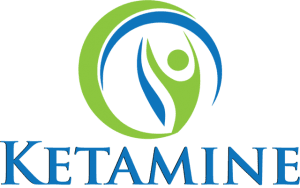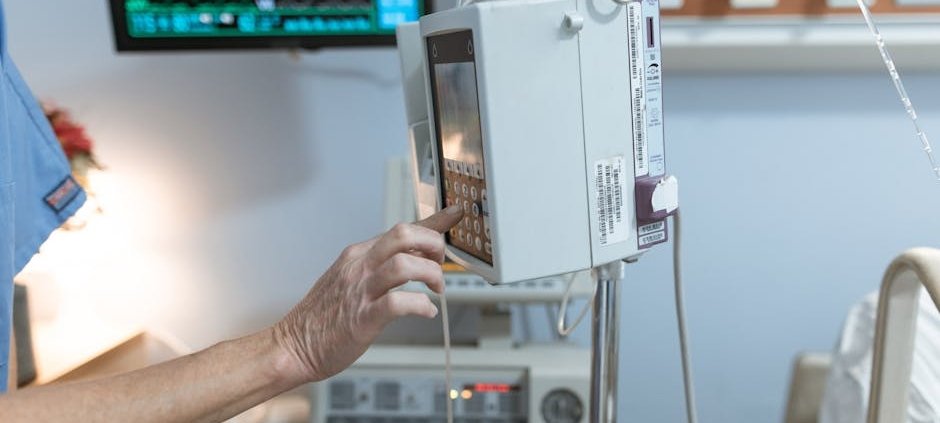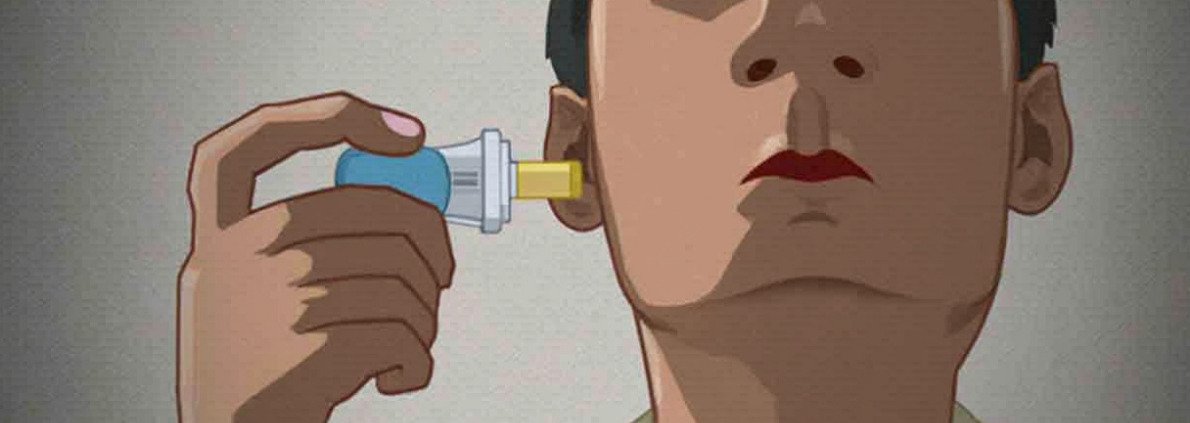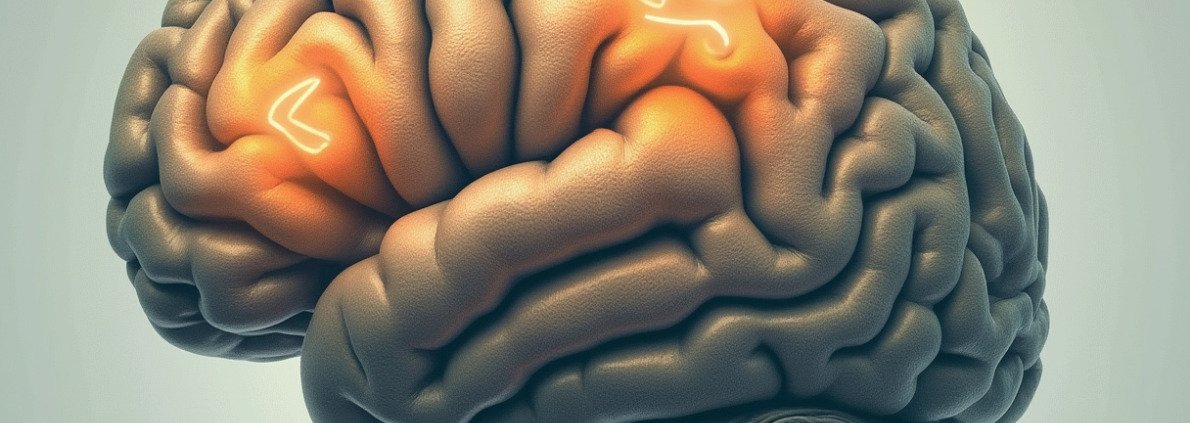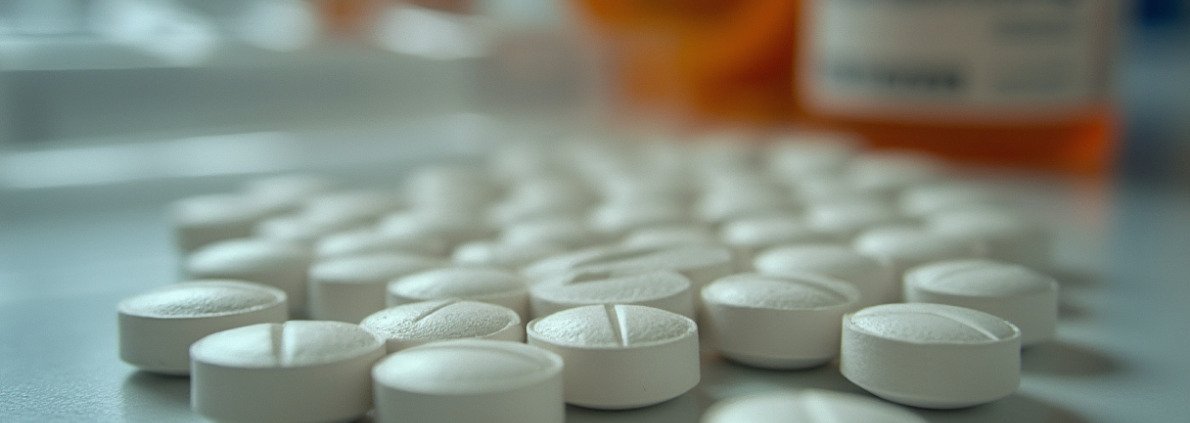When it comes to managing ketamine therapy for bipolar 2, many individuals search for innovative interventions that promise fast relief. Ketamine therapy for bipolar 2 is gaining attention for its potential to rapidly alleviate depressive symptoms and improve overall mood stability.
- Fast-acting relief: Ketamine can lift mood within minutes.
- For treatment-resistant cases: It’s promising for those who have not responded to other treatments.
- Manageable side effects: Minimal risk of inducing manic episodes.
Bipolar disorder is a complex mental health condition characterized by significant mood shifts, including depressive and hypomanic episodes. While traditional treatments can be effective, they often come with challenges, particularly in providing swift relief. This is where ketamine therapy for bipolar 2 steps in, offering a potentially faster alternative that addresses treatment-resistant depression.
As an expert in ketamine’s effects on mental health, with a background in anesthetic applications, particularly ketamine therapy for bipolar 2, I aim to simplify the way we think about and access ketamine treatments.

Ketamine therapy for bipolar 2 terms to learn:
Understanding Bipolar 2 Disorder
Bipolar 2 disorder is a type of bipolar disorder that involves distinct patterns of mood swings. Unlike Bipolar 1, which features full-blown manic episodes, Bipolar 2 is characterized by hypomanic episodes and depressive episodes.
Bipolar I vs Bipolar II
-
Bipolar I: Known for severe manic episodes that can last at least seven days or are so intense that hospitalization is required. Depressive episodes also occur and can last for two weeks or more.
-
Bipolar II: Involves cycles of hypomanic and depressive episodes. Hypomania is less severe than mania and doesn’t require hospitalization, but it can still significantly impact daily life. Depressive episodes in Bipolar 2 can be just as disabling as those in Bipolar 1.
Hypomanic Episodes
Hypomanic episodes are a key feature of Bipolar 2. They involve liftd moods, increased activity or energy levels, and can last at least four consecutive days. Unlike full manic episodes, hypomania doesn’t lead to severe disruptions in social or occupational functioning, but it is noticeable to others.
Symptoms of Hypomania:
- Liftd or irritable mood
- Increased self-esteem or grandiosity
- Decreased need for sleep
- More talkative than usual
- Racing thoughts
Depressive Episodes
Depressive episodes in Bipolar 2 are similar to those in major depression. They can be severe and last for weeks, affecting the individual’s ability to function normally.
Symptoms Include:
- Persistent sadness or low mood
- Loss of interest in activities
- Fatigue or loss of energy
- Difficulty concentrating
- Changes in appetite or weight

These mood swings can be challenging to manage, and traditional treatments often take weeks to show effects. This is why ketamine therapy for bipolar 2 is being explored as a promising alternative. It offers rapid relief from depressive symptoms and provides a new approach to mood regulation.
Ketamine Therapy for Bipolar 2
Ketamine therapy is emerging as a promising treatment for Bipolar 2 disorder, especially when traditional medications fall short. One of the standout features of ketamine is its rapid antidepressant effects. Unlike conventional treatments that can take weeks to kick in, ketamine can lift mood in as little as a few hours to days. This quick action is crucial for those experiencing severe depressive episodes, where waiting weeks for relief is not an option.
How Ketamine Works
Ketamine operates by targeting NMDA receptors in the brain. These receptors are part of the glutamate system, which plays a significant role in mood regulation. By blocking these receptors, ketamine triggers a cascade of events that leads to the release of glutamate. This release helps in forming new connections between neurons, a process known as synaptogenesis.
Synaptogenesis essentially “resets” the brain’s communication pathways, which can be disrupted in mood disorders like Bipolar 2. By enhancing these pathways, ketamine can help stabilize mood and improve cognitive functions.
Real-World Impact
Research has shown that ketamine can produce noticeable improvements in mood within minutes to hours. In a study involving patients with severe bipolar depression, a single infusion of ketamine led to a significant reduction in depressive symptoms. About 71{400639b8b2235b42fe747921d4d2e45f5557a56b5c8add1c19c7c3bc821d5796} of patients experienced at least a 50{400639b8b2235b42fe747921d4d2e45f5557a56b5c8add1c19c7c3bc821d5796} improvement in their symptoms after just one treatment.

This rapid effect not only provides immediate relief but also opens up opportunities for patients to engage more effectively in other therapeutic activities, such as talk therapy. By alleviating the acute symptoms of depression, ketamine therapy can help individuals regain control over their lives more quickly.
As we continue to explore the potential of ketamine therapy, it’s important to weigh its benefits against any potential risks and side effects, which we will discuss next.
Benefits of Ketamine Therapy
Rapid Relief
One of the most significant benefits of ketamine therapy for bipolar 2 is its ability to provide rapid relief from depressive symptoms. Traditional antidepressants can take weeks or even months to show effects, leaving patients in prolonged distress. In contrast, ketamine has shown the ability to improve mood in as little as a few hours.
For instance, a study highlighted that 71{400639b8b2235b42fe747921d4d2e45f5557a56b5c8add1c19c7c3bc821d5796} of patients with severe bipolar depression experienced at least a 50{400639b8b2235b42fe747921d4d2e45f5557a56b5c8add1c19c7c3bc821d5796} reduction in symptoms within 40 minutes of receiving a ketamine infusion. This quick action is crucial for those battling severe depressive episodes, providing a much-needed break from the overwhelming symptoms.
Treatment-Resistant Depression
Ketamine is particularly valuable for individuals with treatment-resistant depression. Many patients with bipolar disorder have tried numerous medications without success. For these individuals, ketamine offers a new hope. In clinical settings, ketamine has demonstrated effectiveness where other treatments have failed, offering relief to those who had almost given up on finding a solution.
Mood Regulation
The ability of ketamine to improve mood regulation is another key benefit. By acting on the brain’s NMDA receptors and promoting synaptogenesis, ketamine helps form new neural pathways. This “reset” of the brain’s communication system can stabilize mood swings and improve overall emotional balance.
Patients often report feeling more in control and better able to manage daily activities after ketamine treatments. This stabilization can also facilitate engagement in other therapies, such as psychotherapy, by reducing the burden of acute depressive symptoms.
As promising as these benefits are, it’s essential to understand the potential risks and side effects associated with ketamine therapy, which we will dig into next.
Potential Risks and Side Effects
While ketamine therapy for bipolar 2 offers promising benefits, it’s important to be aware of potential risks and side effects. Understanding these can help patients and healthcare providers make informed decisions.
Dissociation
One of the most common side effects is dissociation. This means feeling disconnected from your body or surroundings. Some people describe it as a dream-like state or out-of-body experience. While this may sound alarming, these effects are usually short-lived and occur during or shortly after treatment. Most patients find that the benefits of the therapy outweigh these temporary sensations.
Blood Pressure Changes
Ketamine can cause changes in blood pressure. During treatment, some individuals may experience liftd blood pressure. This is why it’s crucial for ketamine therapy to be administered in a controlled setting, where healthcare providers can monitor and manage these changes. Patients with a history of high blood pressure should discuss this with their doctor before starting ketamine therapy.
Substance Misuse Concerns
There’s a concern about the potential for ketamine misuse. Due to its dissociative effects, ketamine has a history of recreational use, which can lead to addiction. However, when used in a medical setting, with careful monitoring and at therapeutic doses, the risk of developing a dependence is minimized. It’s vital for patients to use ketamine only as prescribed and under professional supervision to avoid misuse.
Understanding these potential risks and side effects can help ensure that ketamine therapy is both safe and effective. We’ll address some frequently asked questions about ketamine therapy for bipolar 2.
Frequently Asked Questions about Ketamine Therapy for Bipolar 2
Is ketamine FDA approved for bipolar disorder?
Currently, ketamine is not FDA-approved specifically for bipolar disorder. However, it is approved for use as an anesthetic and for treatment-resistant depression in the form of esketamine (Spravato). Many healthcare providers use ketamine off-label to treat bipolar depression because of its rapid antidepressant effects. Off-label means using a drug for a condition it wasn’t specifically approved for, based on emerging evidence and clinical judgment.
How quickly does ketamine work for bipolar depression?
One of the most remarkable aspects of ketamine therapy is its rapid onset. Unlike traditional antidepressants that may take weeks to show effects, ketamine can improve depressive symptoms within hours to days. This quick action can be crucial for those experiencing severe depressive episodes, offering relief when other treatments have failed.
Can ketamine therapy induce mania?
A common concern among patients with bipolar disorder is the risk of inducing mania. Fortunately, studies, including one from Yale, have shown that the risk of ketamine causing a manic episode is relatively low. In a study of 45 patients with bipolar depression, no manic or hypomanic episodes occurred during the acute treatment phase. However, it’s essential for treatment to be carefully monitored by healthcare professionals to ensure mood stabilization and to address any potential risks.
Conclusion
In the evolving landscape of mental health treatments, ketamine therapy for bipolar 2 disorder stands out as a promising alternative. Traditional treatments can be slow and, for some, ineffective. Ketamine offers a rapid antidepressant effect, providing relief within hours or days, which can be a lifeline for those struggling with severe depressive episodes.
At Buy Ketamine Crystals Online, we provide access to high-quality ketamine products, supporting those seeking alternative treatment options. Our products are available in various forms, including crystals, powder, pills, and vials, and are delivered discreetly to ensure your privacy.
While ketamine therapy shows great promise, approach it with caution. Potential side effects, such as dissociation and changes in blood pressure, should be discussed with a healthcare provider. Despite these risks, the potential benefits for those with treatment-resistant bipolar depression are significant.
As research continues, ketamine is opening new doors for understanding and treating mood disorders. If traditional treatments haven’t worked, consider exploring ketamine therapy as a viable option. It’s crucial, however, to consult with healthcare professionals to tailor the treatment to your specific needs and ensure safe administration.
We are committed to providing access to innovative treatments like ketamine therapy, which can change lives for the better. If you’re interested in learning more or purchasing ketamine products, explore our offerings and see how we can support your journey to better mental health.
